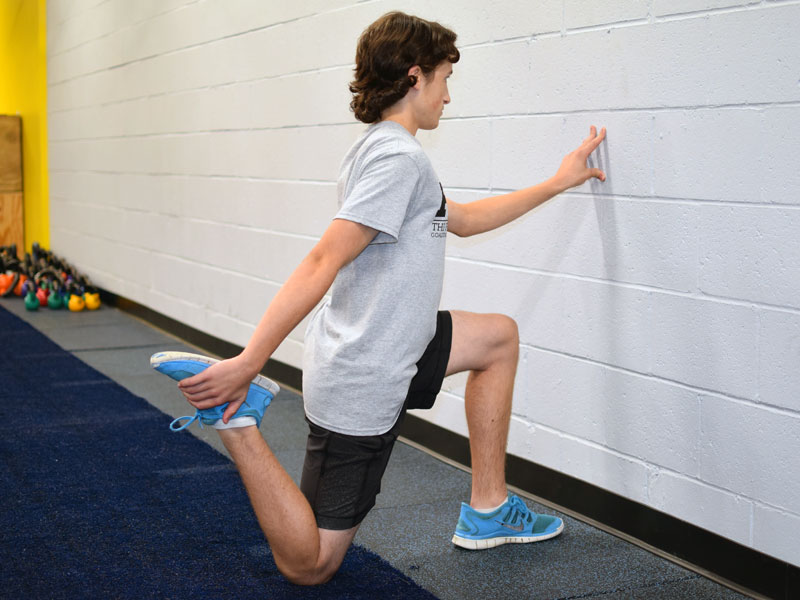Muscles make up over half of the weight of a human body and they are required to make even the smallest of movements such as nodding your head or tapping your toe. If too much stretch is put through one of your muscles, you may end up with a painful muscle strain.
What causes a muscle strain?
A muscle strain, or a muscle pull occurs when a muscle in your body is overstretched or overworked. Even if the injury from overstretching or overworking occurs more to the attaching tendon it can also be classified under the term muscle strain.
How are muscle strains classified?
There are 3 grades. All muscle strains include tearing of some muscle fibres:
Grade I (mild): Very few muscle fibres have been injured. Pain may not be felt until the following day after the instigating activity. No swelling or bruising is noted.
Grade II (moderate): With this category many muscle fibres are torn which results in a decrease in strength and often limited movement. Some muscle fibres remain uninjured and intact. Pain is present both when stretching the muscle and on muscle strength testing. Swelling and bruising may be noted.
Grade III (severe): All fibres of the muscle are completely torn. Severe swelling, pain, and bruising accompany a grade III strain.
How are muscle strains treated?
The initial approach to Physiotherapy of your muscle strain will depend on how long after your injury that you seek treatment. The immediate line of defence straight after a muscle strain should be the application of ice and compression, followed by rest and elevation for the affected muscle.
Once the initial pain and inflammation has calmed down, your Physiotherapist will focus on improving the flexibility and strength of the involved muscle. Static stretches to increase the flexibility of the muscle will be prescribed by your Physiotherapist early on in your treatment as these types of stretches encourage the healing tissues to withstand stretch and they ensure that you do not lose any normal movement.
Rest is also an important part of your Physiotherapy treatment. ‘Relative rest’ is a term used to describe a scale of resting compared to the normal activity you would be doing.
Along with stretching exercises, your Physiotherapist will also prescribe strengthening exercises in order to get your strained muscle back in top shape.
In addition to stretching and strengthening the muscle, taping or wrapping the affected muscle with an elastic bandage may be done by your Physiotherapist in order to assist initial swelling, and to provide support to the muscle as you rehabilitate it. As well your Physiotherapist may use some of the following approaches to aid in the recovery of your strained muscle: massage, dry needling, joint mobilisation, heat (later) & ultrasound to name just a few.
Towards Wellness: Exercise is an effective stress-buster.
If exercise were available as a pill, experts say, everyone would be taking it. One reason is that exercise is very good at defusing stress. If you exercise — especially right when the stress response is triggered — you burn off stress hormones just as nature intended, instead of letting them pile up.
What’s more, just about any form of motion on a regular basis helps relieve pent-up tension. Rhythmic, repetitive movements, such as walking, running, swimming, bicycling, and rowing — and specific types of exercise such as yoga and tai chi — actually elicit the relaxation response, too. Regularly engaging in these kinds of activities can help you ward off everyday stress.
S-T-R-E-T-C-H of the Month: Half-Kneel Hip and Quad Stretch

Kneel on one knee (feel free to put down a towel or mat) with your other foot planted flat on the ground in front of you. Make close to a 90-degree angle with both of your legs. Lean forward toward your front leg, stretching the front of your hip downward. Next, grab the ankle of your leg planted on the ground, and pull it toward your rear for a deep hamstring and hip stretch down the front leg, all the way to your knee. Move in and out of this stretch for 10 to 15 reps or more, depending on your level of tightness.

